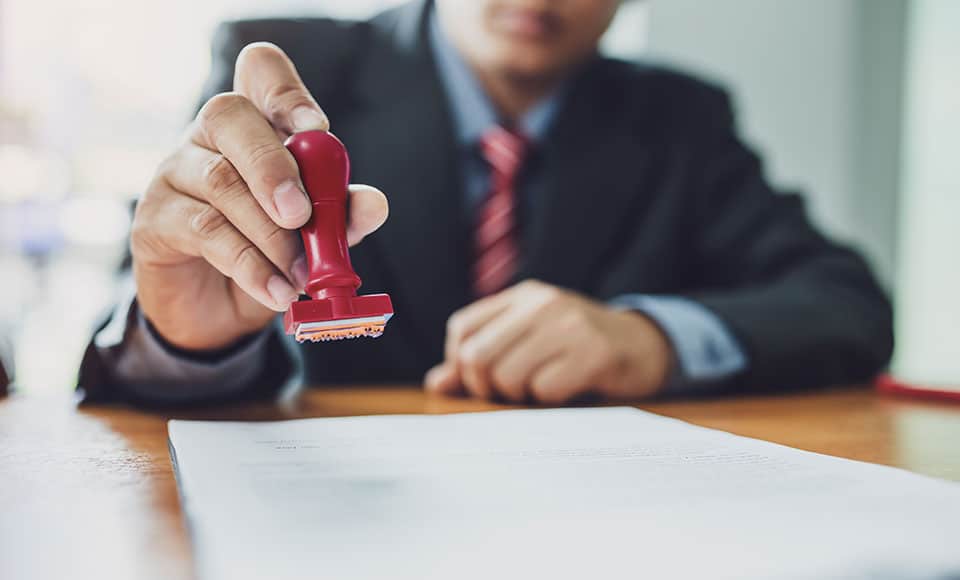
Professional patent translations
Your translation agency for patent translations
- All-round service for patent attorneys and patent departments
- Various specialties
- Translation in all languages
For patent attorneys and patent departments
Patent translations with quality guarantee
Why is it important to have patent translations done by professional translators? Patents play an important role in the industry and in international competition. The number of patents stored by the European Patent Office in Espacenet alone (130 million) shows the importance of this area for the global economy.
Since medium-sized and large companies hardly ever trade nationally, they are dependent on good, true-to-form and accurate patent translations. To apply for a patent in the European Union, the European Patent Office requires that they use one of the three official languages of the European Patent Office (English, French and German).
This requirement is stated in the Euro-PCT Guide (in section 5.5.001) (PCT = Patent Cooperation Treaty). Patents are one of the subject areas where translation errors can have fatal consequences. The wrong choice of words or incorrect punctuation can lead to the scope of protection of the claims being diminished or to a lot of time being lost in the application process.
This also applies to non-compliance with the rules set out in the EPC (European Patent Convention). In litigation, a tiny terminological change or wording can affect the outcome of the case. Therefore, special care must be taken when selecting and using a patent translator.

Translation into all languages
We translate into all languages
Do you need a translation? We will send you a quote within the shortest possible time. Send us your request with this quote form.
Challenges of patent translation
We have the necessary knowledge
Consequences of incorrect translations
The following story shows the pitfalls of patent translations particularly clearly, because what is considered at most an imprecise translation under normal circumstances has serious consequences here:
The patent “EP 0 695 351″ of the University of Edinburgh for the cloning of animal cells was granted in December 1999 on the basis of the English translation (“Isolation, selection and propagation of animal transgenic stem cells”). The patent protected a genetic engineering process by which stem cells could be isolated and propagated. This patent caused protests throughout Europe due to a translation error. The English language version was flawed because it included the cultivation of human stem cells. Claim 48 stated:
„Verfahren zur Herstellung eines transgenen Tieres…”
“A method of preparing a transgenic animal …”
According to English scientific usage, the word “animal” includes humans. This patent has since been corrected.
Requirements for patent translations
This clearly shows that knowledge of the specific language requirements for patent translations is crucial. These language requirements can vary per patent class. An overview of patent classes can be found at WIPO(World Intellectual Property Organization) under International Patent Classification (IPC).
A good knowledge of the respective legal systems is required for the translation of the claims. Many words and phrases from the field of intellectual property must be translated as if they had been written by a patent attorney. For example, passive formulations that often occur in German-language claims („Es werden Substanzen gemischt“ – “substances are being mixed”) are not accepted in American claims and are replaced by active formulations.
Also, certain terms are expected in the translation. Activities are translated as “steps” in American patent claims.
In addition to knowledge of the respective legal systems and certain legal knowledge, the translator is expected to have very good technical knowledge. In the structure of the patent translation, the translator must comply with formal rules, such as Rules 46 and 49 EPC.
Selection of patent translators
In addition to knowledge of the specifics of patent translations, the translator is naturally expected to have very good technical knowledge, because patents deal with inventions, i.e. with products and processes that are not yet known on the market in this form.
For this reason, we use for patent translations mainly engineers, biologists, scientists who specialize in patents and have many years of translation experience. We select patent translators who are familiar with the terminology of the given patent class.
Patent translations are very carefully proofread by us to ensure the linguistic, formal and substantive correctness of the translation. We go beyond the usual procedures of our ISO 17100 certification. Among other things, we carefully check that the layout of the translations exactly complies with the guidelines of the European Patent Office.
Professional translations
We translate for these industries
We translate patents and claims from the following industries:
Language combinations
We offer these languages
For patent translations, we offer various language combinations, with a focus on translating EP applications from the official languages of the EU into the three official languages of the EPO, namely English, French and German. We also translate oppositions and patent specifications into the other EU languages. Very popular combinations are:
- Translations German → English
- Translations German → French
- Translations German → Italian
- Translations German → Chinese
- Translations German → Spanish
- Translations German → Japanese
- Translations English → German
- Translations French → German
- Translations Italian → German
- Translations Chinese → German
- Translations Spanish → German
- Translations Japanese → German
Professionalism
Qualifications and time saving

Qualification of our patent translators
We use only experienced patent translators with several years of professional experience who translate into their native language. These are professionals who, in addition to linguistic training (e.g. master’s degrees from leading linguistic universities), have specialized knowledge as well as knowledge of the specifics of patent translations. Our translators are, for example, engineers specializing in electrical or mechanical engineering or physicists, biologists, computer scientists.
Our technical translations are prepared in accordance with the ISO 17100 quality standard which provides, among other things, for verification of the translator’s professional qualifications and revision according to the four-eyes principle. In addition, we carry out an extended quality assurance for patent translations, which pays special attention to the formal requirements of the EPC (including Rules 46 and 49 EPC). Furthermore, we pay particular attention to technical correctness, consistent use of terminology, correctness of figures and patent-specific wording.
Terminology for patent translations
Terminology plays an important role in patent translations. We take great care to maintain terminology throughout the translations. For regular clients (e.g., patent departments or patent attorneys), we build a specialized terminology in our terminology management system LookUp and use our quality assurance software ErrorSpy to check for its consistent usage. We research new terms in relevant literature, in patent databases such as Espacenet, DEPATISnet, epoline Register or USPTO, in reference documents or even in public sources such as WIPO Pearl, the terminology portal of the World Intellectual Property Organization.
We offer our regular clients the opportunity to work on building their own central online patent translation dictionary. For this purpose, we use our multilingual terminology management system LookUp, a flexible system for terminology management, a development of ours.


On-time delivery and reliability for patent translations
As a translation service provider with many years of experience in patent translations, we know how important it is for our customers to meet deadlines. That is why we attach great importance to a thorough preparation of translation projects and to a complete quality assurance before the translation is delivered. We have a solid base of proven and reliable patent translators and can work on weekends if necessary when deadlines are very tight. For large projects, we can form teams of patent translators who use a common terminology. The result is then checked by a single reviewer.
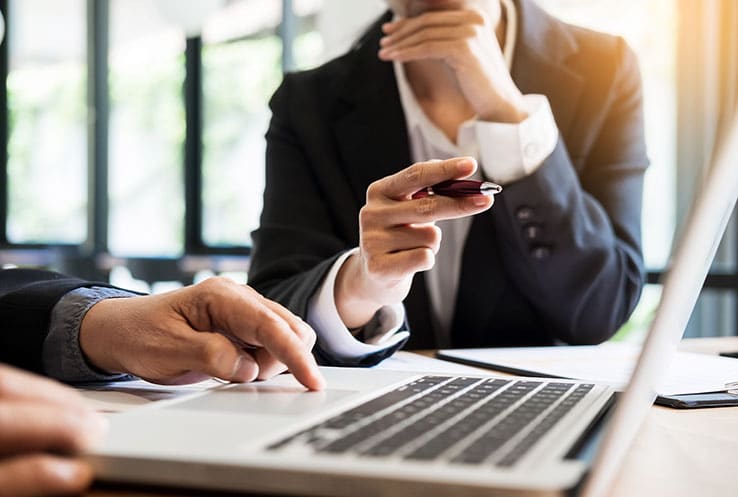
Our services at a glance
All-round service for patent attorneys and patent departments
- We support you with international patent applications and during the entire patent granting procedure
- We offer you our support in research abroad or in foreign languages
- Notarizations (e.g. for powers of attorney, inventor declarations)
- Proofreading of existing translations
- Enhanced quality assurance process adapted to patent translations.
- Binding prices and delivery dates

Another SEO headline
Lorem ipsum dolor sit amet, consetetursadipscingelitr, sed diam nonumy eirmod tempor.

Another SEO headline
Loremipsumdolor sit amet, consetetur sadipscing elitr, sed diam nonumy eirmod tempor.

Another SEO headline
Lorem ipsum dolor sit amet, consetetursadipscingelitr, sed diam nonumy eirmod tempor.

Another SEO headline
Loremipsumdolor sit amet, consetetur sadipscing elitr, sed diam nonumy eirmod tempor.
Customer testimonials
What our customers say
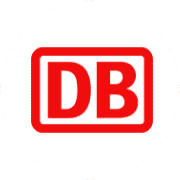 German RailT. WinterLanguage Management (IBS)
German RailT. WinterLanguage Management (IBS)"For Deutsche Bahn AG, LookUp is a central building block for the management of corporate language. In addition to integration in translation processes, the semantic concept and term cross-linking function enables the use of terminology in non-translational contexts (e.g., to increase intent recognition in ChatBots). This makes LookUp the basis for central, group-wide multilingual knowledge management."

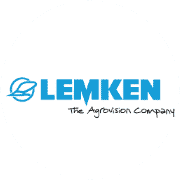 LEMKEN GmbH & Co. KGJoost RoelseHead of Technical Documentation
LEMKEN GmbH & Co. KGJoost RoelseHead of Technical Documentation"D.O.G. has been a reliable and pleasant partner for us for many years when it comes to translations. Currently, D.O.G. translates our technical documentation into 9 languages. We particularly appreciate the good quality of the translations, the adherence to the agreed delivery dates and the high flexibility, even when things have to be done quickly."
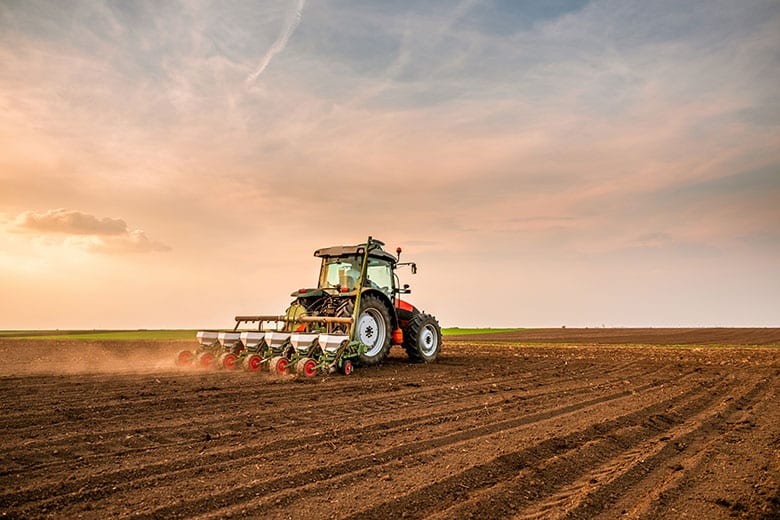
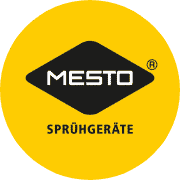 MESTO SPRITZENFABRIK ERNST STOCKBURGER GMBHPetra SpandlSales and Marketing
MESTO SPRITZENFABRIK ERNST STOCKBURGER GMBHPetra SpandlSales and Marketing"We have been working with D.O.G. for many years and appreciate their team as a competent partner. We have our user manuals translated into 25 languages and our new website. No matter if the translations are needed later in InDesign or Typo3, technical requirements are no problem. Even if it is urgent, you can rely on D.O.G. The first time we ordered Japanese translations for a new client, they were highly praised when we asked."
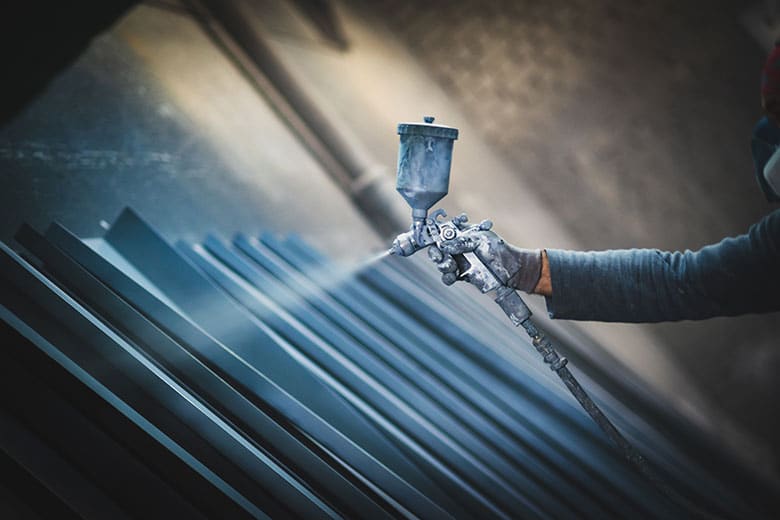
FAQ
Questions about translating patents
The European Patent Office has three official languages: English, French and German. Patent applications must be filed in one of these official languages. Article 65 EPC governs the translation requirements. Each contracting state to the London Agreement may also require that the patent claims be translated into the national language of the member state.
If an inventor files a patent with the EPO in a language other than the three official languages, he must subsequently file a translation into one of the official languages of the EPO within two months of filing the patent application. If this is not done within the time limit, the European patent application is deemed to be withdrawn in accordance with the third sentence of Article 14(2) EPC.
Two factors make patent translations more expensive than normal technical translations. First, only experienced technical translators who specialize in patent translations and also master the special linguistic and formal requirements of patent translations can be considered. Second, the quality assurance process is more intensive and complex. For this reason, the cost of a high-quality patent translation is about 20-25% higher than the cost of translating an operating manual. Nevertheless, our prices for patent translations are extremely competitive. Given the high value of patent protection, these costs remain very manageable.
Translation service
We translate your document
We translate
- Various technical texts from the IP area
- European Patents: Description, claims, abstract and drawings
- PCT patents
- US patents
- Japanese patents
- Utility models, lists of goods and services (e.g. based on the Nice Classification, NCL, or according to the Unified Classification Database, eKDB, supported by the German Patent and Trademark Office, DPMA, and the European Union Intellectual Property Office, EUIPO), etc.
- License agreements
- Judgments and decisions
- Research reports, test reports, scientific articles and other texts
- Correspondence in connection with patent application and grant proceedings as well as opposition, nullity and infringement proceedings

Another SEO headline
Lorem ipsum dolor sit amet, consetetursadipscingelitr, sed diam nonumy eirmod tempor.

Another SEO headline
Loremipsumdolor sit amet, consetetur sadipscing elitr, sed diam nonumy eirmod tempor.

Another SEO headline
Lorem ipsum dolor sit amet, consetetursadipscingelitr, sed diam nonumy eirmod tempor.

Another SEO headline
Loremipsumdolor sit amet, consetetur sadipscing elitr, sed diam nonumy eirmod tempor.
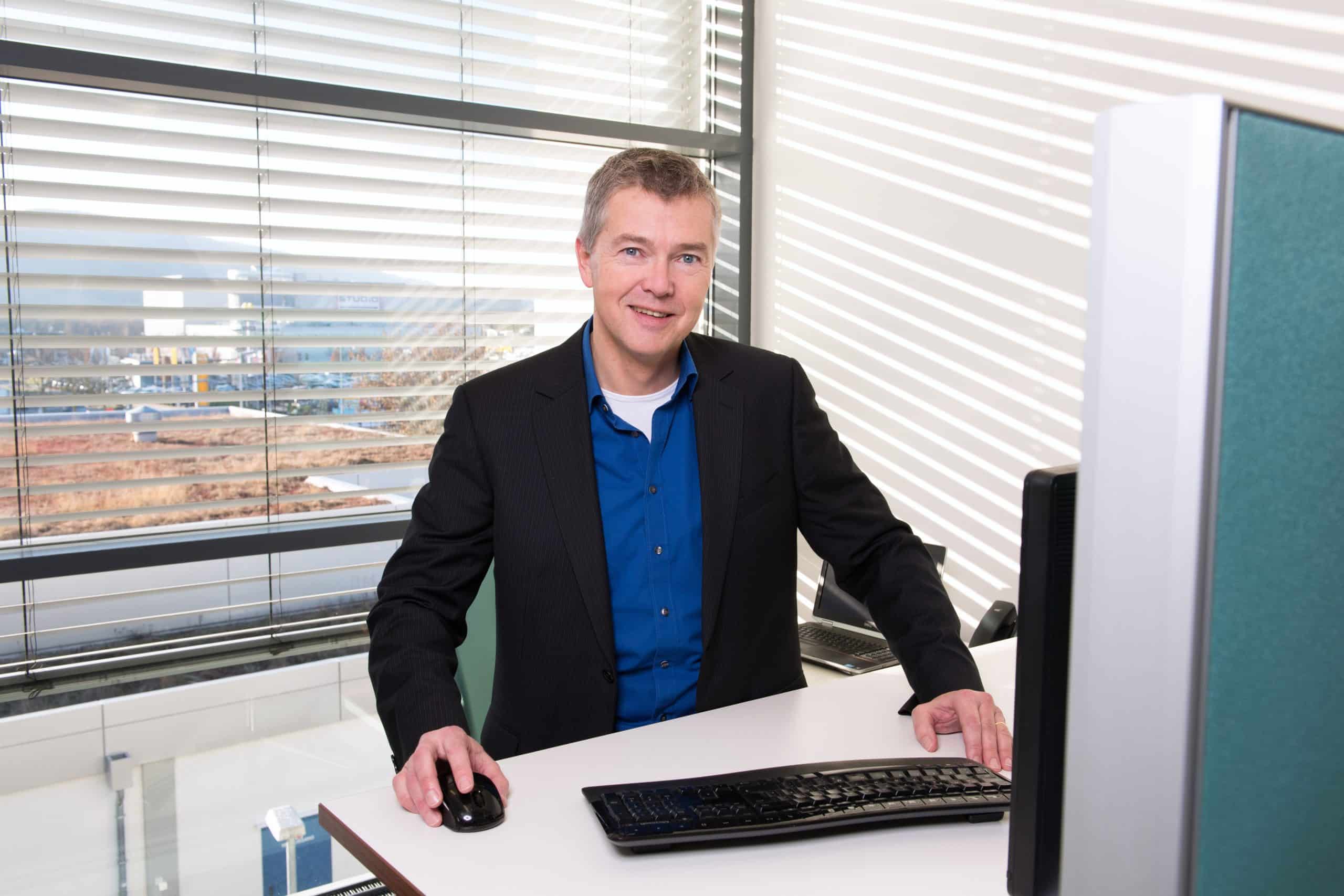
Michael Gipperich
We contractually guarantee full confidentiality of all information related to your patent translation project and have appropriate policies and procedures in place to ensure that all personnel involved comply.
